Steve Poftak, a Boston native, became general manager of the Massachusetts Bay Transportation Authority on Jan. 1, 2019, having previously served on both the MassDOT Board and the MBTA’s Fiscal and Management Control Board. He’s had an eventful year, marked by two subway derailments within days of each other and an equipment failure that resulted in the evacuation of passengers from a downtown tunnel. Poftak sat down with Trains to talk about the T’s problems and plans to fix them.
Q. How would you characterize the state of the T today?
A. It’s important to let our customers know that the MBTA is safe. We have a rigorous system of maintenance and safety protocols and processes in place to ensure that the system is safe. It’s obviously not as reliable as we would like it to be, and that’s a symptom of decades of underinvestment.
Q. The Red Line derailment at the JFK/UMass station on June 11 continues to cause delays and reduced service on the line. When will full service be restored?
A. We expect to restore automatic [signal] service between Broadway and JFK/UMass by August 15, and then we still have two other segments of the line where we’re working to restore automatic service. They’re currently being manually signaled. That’s something we work on every day of the week and over the weekend, but we don’t have a definitive timetable.
Q. Following those incidents, the Fiscal and Management Control Board formed an independent safety review panel. How are you working with them?
A. They have been in for a series of meetings, and they did a presentation with senior staff, so their work is well underway. I am available to them as needed. The point here is for us to learn about our organization and hear from people who are experts in the field, who can tell us if there’s anything with our policies and processes that needs to change or that could be better.
Q. The MBTA is currently undertaking an $8.2 billion capital investment program. How will that help improve safety and service on the subway?
A. The rail lines are an important part of our $8.2 billion investment program over the next five years. One of the real areas of focus has been the Red and Orange Lines, where we are in the middle of a procurement not only to replace all the existing cars but also augment the fleet.
We’re going to have 404 new cars in place by the end of 2023. It’s going to allow us to add a significant amount of additional capacity to both lines.
Everything will be new. There will be no more of the old cars left, regardless of what generation they are. We’re going have a single, standardized type of car, and we’re going to leapfrog decades of technology, which is going to allow us to significantly improve not only the level of service but also the level of reliability.
It’s not just an investment program in cars, it is an investment program in the facilities to maintain those cars, in track, signal and power so we can capture some of the great things that newer technology cars can do. We have trolley cars from 1946 and we have elements of the signal system from 1915, so it would be a dereliction of duty not to modernize the system while you’re fixing it.
Q. How will that benefit riders?
A. We’ll have more cars that accelerate and decelerate faster, and that can be run closer together based on the new signal system. Right now, we aspire to be running about 6 or 7 minute headways on the Red Line during rush hour. We will be able to run 3-minute headways once all the new cars and the associated equipment is in place. On the Orange Line, we’ll be able to do 4½-minute headways.
Q. What else is part of that capital program?
A. We are in the process of building an extension to the Green Line. This is a project that has been on the drawing board for a long time but we didn’t have funding sources identified, nor did we have a strategy in place to actually get the project done. There were some very dark moments where it didn’t look like that project would happen. It’s taken a great deal of collective effort.
In order to run that extension, we purchased 24 additional Green Line cars. Several are already in service. We have also started a longer-term procurement to replace all the vehicles on the Green Line.
We are looking at purchasing vehicle types that will essentially double the capacity of the Green Line. That’s going to be a significant improvement, however, there’s a whole set of investments that complement the cars. You’ve got longer cars with bigger capacity, so you need longer stations. That timeline is at least toward the end of the 2020s.
Q. Is funding an issue?
A. We are fully funded. We have an $8.2 billion capital plan that I believe is realistic for the MBTA deliver on. We have $9.4 billion in funding identified, so therefore if we can be more aggressive about how we deploy capital. I have the ability to increase the amount we spend up to $9.4 billion. The issue here is execution, the issue is how can we get these projects designed, procured and executed.
Q. What constraints are you facing in getting these projects done?
A. We spent a billion dollars last year, but we’ve gotten the message that it needs to move faster and we’re going to do that. To accelerate capital work, the biggest single factor is increasing the work windows. We will be expanding the work windows so that we can get more done.
One of our challenges is we have a workforce that lots of folks retire from. We are actively working to build the workforce. We want to take the capital budget to $1.4 billion next year, so we need to staff up. We’re also looking at any outside contractors who can complement what we do.
Q. The new Red and Orange Line cars are coming from the Chinese railcar manufacturer CRRC, which has come under scrutiny for potential cybersecurity concerns. Does that worry the MBTA?
A. I’m confident that we have that handled. We have, built into the contract, defense department specs around cybersecurity and we have the ability to do any kind of third-party auditing we want.
To the extent that there is legislation pending that is going to impact CRRC’s business, that is obviously a concern for us and is an industrywide concern. Anything that impacts the viability of their business in the United States is obviously a concern to the extent that we have any warranty needs, any follow-on needs.
They have built a significant manufacturing facility in Massachusetts that is providing jobs here in Massachusetts for Massachusetts residents. They’re an important part of the economy in Springfield, and they are an important part of the transformation of the T.
Q. New cars are just one part of the equation. How does the MBTA see customer experience, and what are you doing to improve things for everyday riders?
A. We think customer experience is how the customer interacts with the MBTA virtually from the moment they make the decision to leave for the station, their wait at the station, their actual journey and then how they exit the station. I want them to have stations that are cleaner and more comfortable, so we’ve done this station brightening program, which has been a blitz of all the stations to try to address issues around cleanliness, painting. We are also doing a more intensive level of reconstruction of stations which we will be initiating this fall.
We’ve tried to be thoughtful about how to provide data to customers so that they can make different trip decisions. We try to be aggressive in how we communicate with customers, so that they can weigh their options. The newer trains will allow us to do centralized announcements so that when we need to communicate to customers we can do it in a consistent and timely way.
Q. There’s a great deal of frustration among both riders and political leaders with the MBTA’s subway lines right now. What can you do to restore the public’s trust in the system?
A. First, it’s doing everything we need to do internally and externally to demonstrate that the system is safe. The broader issue of restoring people’s faith in the system is letting people see signs of tangible progress. We’re going to open a station that we closed for two years on the Red Line in August, and we’re going to put the first new train on the Orange Line in August. We’re also going to roll out a series of accelerated capital projects, which are going to result in improvements in both the customer experience and in reliability.
We deliver over 1.2 million trips a day. When it doesn’t work exactly the way we want it to, we hear about it.






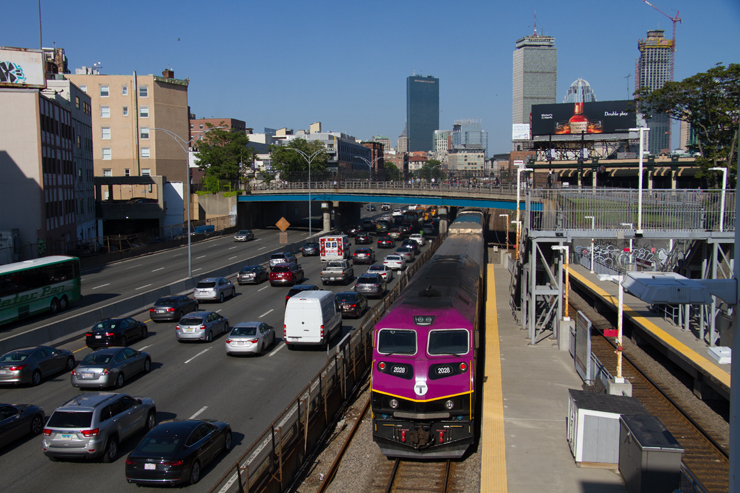
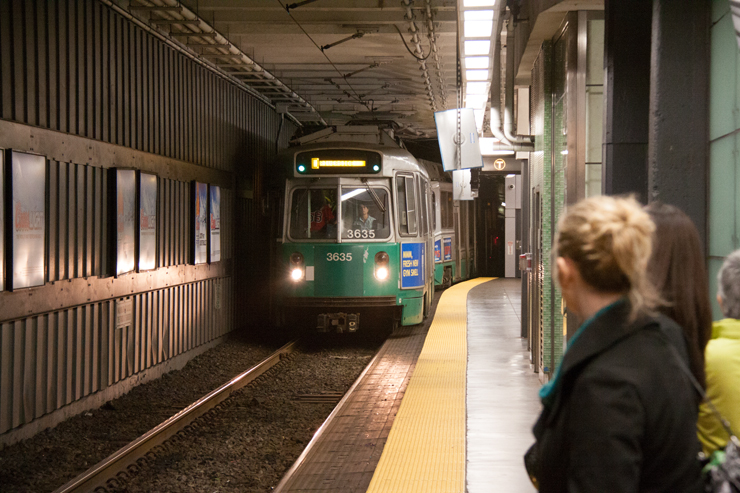

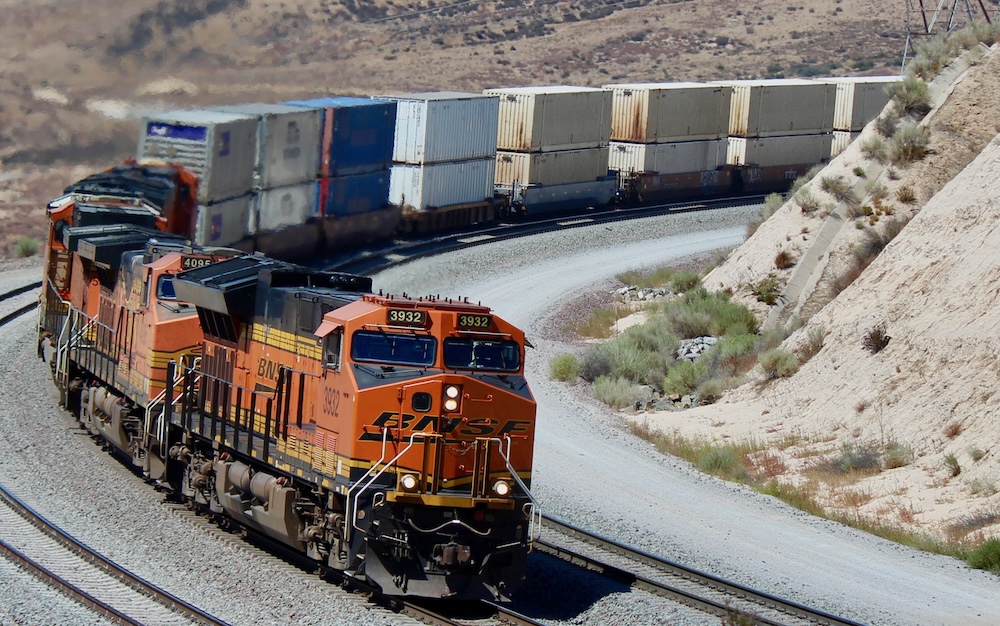
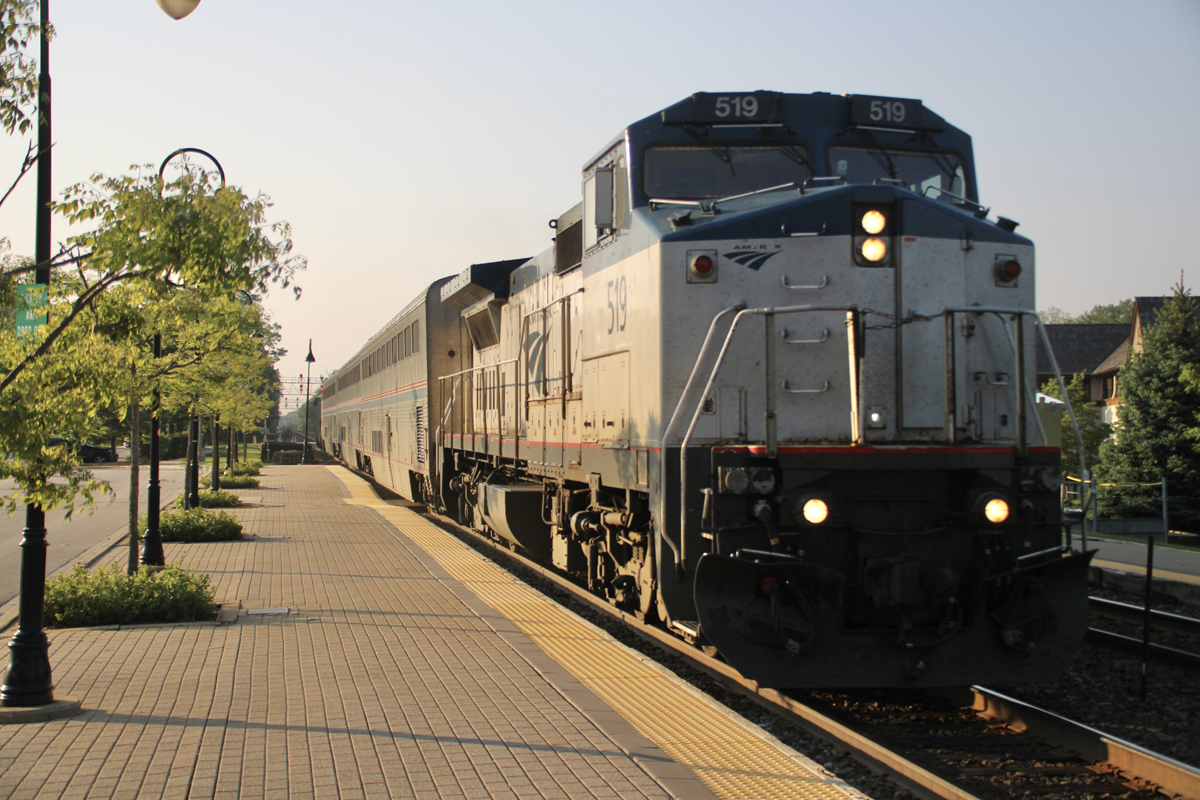
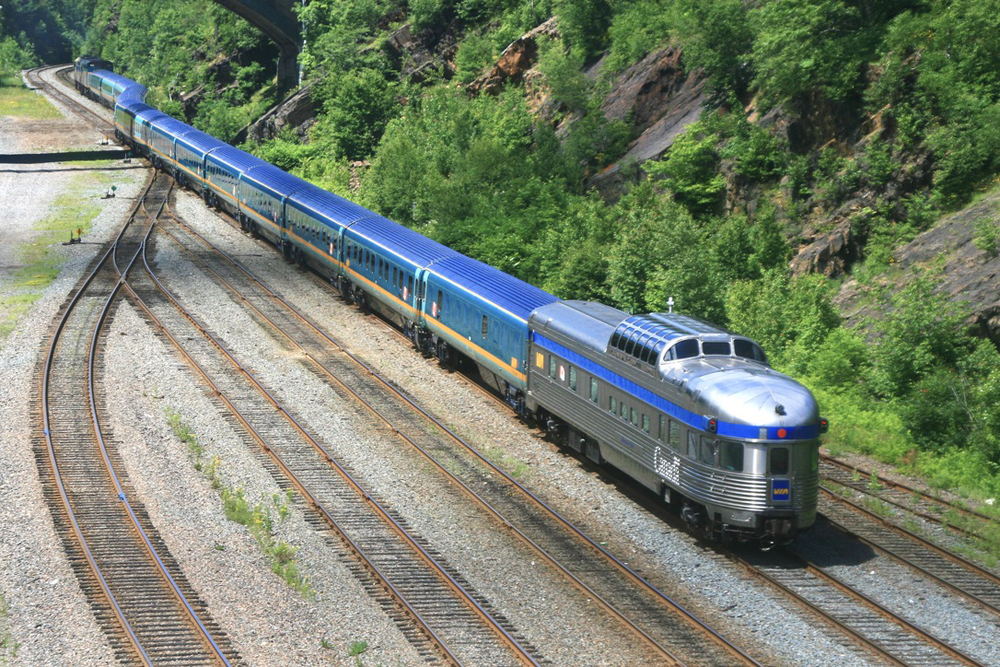
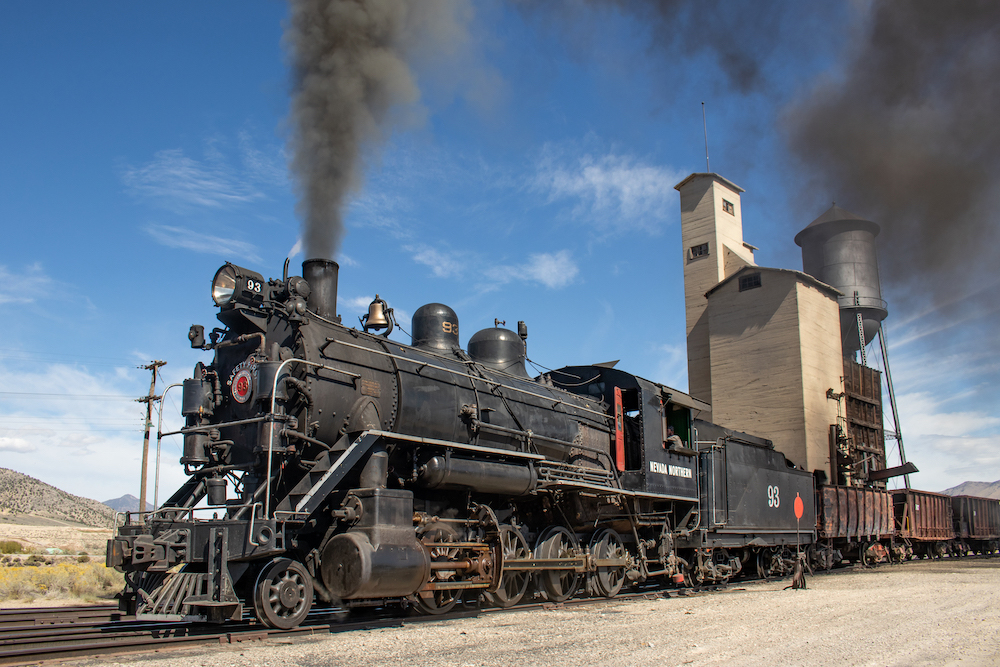




Easier to run low level cars then rebuild the stations, no? Either way, Lawrence is right that level boarding is essential and critical.
Level boarding will help the handicapped, yes, but a cost-benefit calculation will probably find an even bigger value in the speed-up of trains that will result from faster boarding. Faster trains means less equipment needed and less labor costs.
Christopher
I lived in Boston when in undergrad and grad school. I lived in Brookline so my transportation was the Green Line Cleveland Circle. I’m glad I didn’t miss the three car mu PCC’s. But my point; Green Line. The subway stations must all be rebuilt with high level platforms and of course extensions. With an implementation of a MUNI approach, cars would operate low level outside.
Sure Steve Foster …About as much as China hacks McDonald’s recipe for big mac sauce……
If China wants to spy on us they will (and they do as we spy on them). They’re not going to spy on us through subway cars. That’s completely ludicrous.
This is the kind of thing that makes legitimate concerns about cyber security seem silly… And they’re not.
Parts of the signal system are over 100 years old…. Well I suppose…. Yes I concur the Chinese cyber security issue is a farce just more psychological warfare on the masses..
3 minute headway seems rather tight to me. That leaves no margin for any type of error.
Also, the Chinese “spy” on everyone so to call concerns about it a “farce” or “more psychological warfare on the masses” is to ignore reality. The University I retired from constantly faces hacking into its systems from abroad (major research university with many military contracts) and the Chinese are a significant player.
The so-called security issues with the Chinese cars are bunk. If the Chinese want to spy on us (perhaps they do) they don’t need busses or subway cars to do it.
I see from the article that MBTA wants to increase capacity on the Green Line. That’s got to be the most overloaded transit line in America.